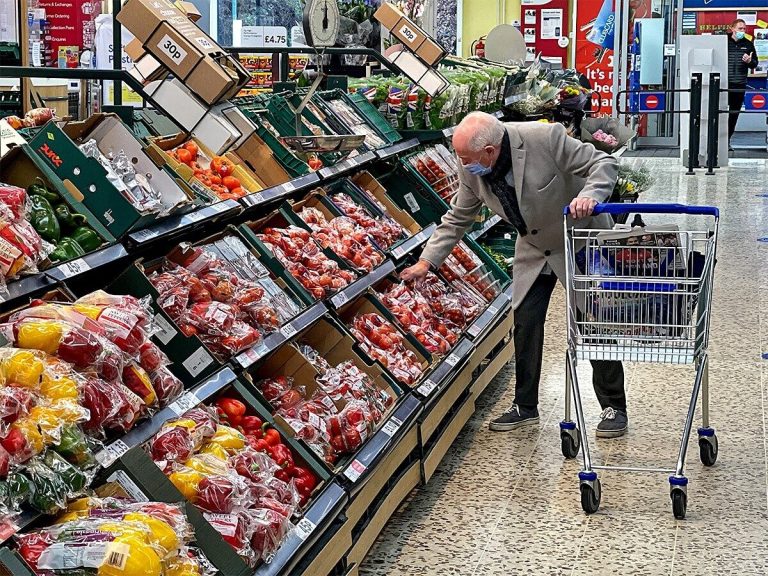Since pushing up to 12-month highs in May, the Tesco share price has slipped back a touch, as the rally from the October lows ran into a little bit of profit-taking.
The UK’s number one supermarket, along with the rest of the sector, has come under some criticism in recent weeks for a reluctance to cut prices amid accusations of price gouging from politicians keen to divert criticism from their roles in the current crisis. Even if some of these criticisms were valid, looking a little closer they don’t stand up to any sort of scrutiny, but these sorts of details don’t always resonate as they should in this post truth environment.
Talk of price caps on certain products from politicians keen to be seen to be doing something about the cost-of-living has only served to muddy the waters further, as if somehow these will make things better. As with any problem, there’s never a situation where a political intervention can’t somehow make it worse.
Like most retailers Tesco has had to deal with rising costs, as have its suppliers at a time when food price inflation is trending at levels close to 20%, and headline inflation has only just dropped below 10%. Last year profits fell by 50% as Tesco was forced to absorb increased costs as well as looking to price match thousands of everyday products, with its nimbler competitors Aldi and Lidl. When Tesco announced its full-year numbers in April the supermarket announced it was locking in the price of 1,000 other everyday products until 5 July, as it continues to increase the pressure on its competitors. Lower Clubcard prices are also available on over 8,000 lines.
Today’s Q1 trading update has seen like-for-like sales in UK stores increase by 9% to £10.8bn, with group retail revenues increasing by 8.2% to £14.83bn. Its Booker business also continues to perform well, with like-for-like sales increasing by 8% to £2.27bn. Fuel was the only area which saw like-for-like sales decrease to the tune of 15.7% to £1.7bn.
On a positive note for consumers, Tesco did say that there were signs that inflation is starting to ease across the market. On guidance, Tesco remained optimistic that it would be able to deliver the same level of adjusted operating profit as last year, despite the ongoing pressure on its margins, while keeping retail free cashflow in the region of £1.4bn to £1.8bn.
Disclaimer: CMC Markets is an execution-only service provider. The material (whether or not it states any opinions) is for general information purposes only, and does not take into account your personal circumstances or objectives. Nothing in this material is (or should be considered to be) financial, investment or other advice on which reliance should be placed. No opinion given in the material constitutes a recommendation by CMC Markets or the author that any particular investment, security, transaction or investment strategy is suitable for any specific person. The material has not been prepared in accordance with legal requirements designed to promote the independence of investment research. Although we are not specifically prevented from dealing before providing this material, we do not seek to take advantage of the material prior to its dissemination.

